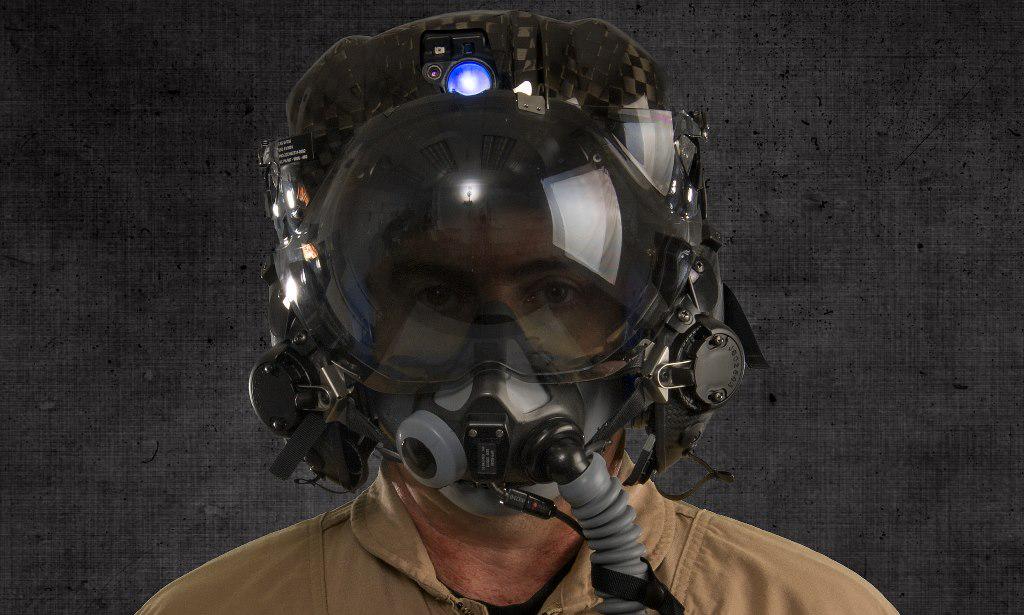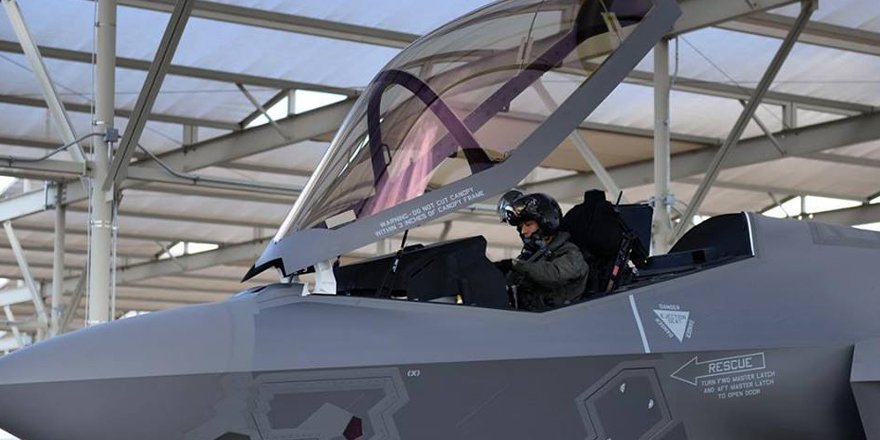There is a sound rationale behind why the Lockheed Martin F-35 Lightning II is called one of the most advanced and costliest fighter jets in the world.
It’s not just the approx $78 million stealth aircraft, but every component linked to it including the pilot’s gear is highly sophisticated.
US’ ‘Top Secret’ Stealth Drone Spotted Near China; Is It The Start Of India-US-China Military Confrontation?
The helmet or the head-mounted display (HMD) is supplied by Rockwell Collins Enhanced Vision Systems, a joint venture between Rockwell Collins and Elbit Systems.
Believe it or not, one HMD costs $400,000, a price tag, which is significantly higher than that of the Ferrari. This sky-high cost can be attributed to its extremely advanced design and capabilities. The helmet is engineered to perfection from its avionics, all the way to its personalized fit.
Custom-Fit
Every HMD is custom-fitted to its pilot during a two-day process at a fitting facility. For this, pilots have their heads measured and scanned to secure the ideal fit.
Once the helmet is assembled, pilots are required to have the optics aligned using a pupilometer. The pupilometer measures the distance between the pilots’ pupils within two millimeters of its center. This enables pilots to see a single image on the HMD.

Mask adjustments are also within the scope of helmet fitting. Pilots have to go through an oxygen tester where technicians can spot any leaks that could prevent adequate oxygen flow.
The next step is to make sure that there is proper space between the visor and the mask. It is important to ensure that the mask doesn’t hit the visor when the pilot moves or talks. If the mask is too close, it will bend the visor, leading to the display image becoming distorted.
Pakistan ‘Races Ahead’ Of India In Drone Technology; Is 4th Country To Deploy UCAVs In Combat Ops
Other Specs
The HMD provides important flight information to the pilot throughout the mission. It provides extreme off-axis targeting and cueing that is provided by Joint Helmet Mounted Cueing Systems (JHMCS) and the Display and Sight Helmet (DASH) systems.
In addition, it also optimally utilizes the advanced avionics structure of the F-35. This means that the F-35 HMD is able to deliver video imagery day and night. This, integrated with precision symbology, gives the pilot great situational awareness and tactical capability.
The helmet uses a tracker to tell where the pilot is looking. Then, using the Distributed Aperture System‘s (DAS) 360-degree real-time video, the system amplifies the vision in both eyes with additional information.
The tracker also gives pilots the ability to aim the fighter’s weapons just by looking at a target. When a pilot looks toward the cameras fitted on the F-35, that image automatically projects onto their helmet display.
US, Israel Aim To Outpace Russia & China With ‘Arrow’ That Can ‘Shoot Down’ Hypersonic Missiles
A built-in, visor-projected night vision system eradicates the need for night-vision goggles. Moreover, the balance provided by the customized helmet, along with the lightness of the headgear, helps with combat fatigue. This is crucial for long cockpit sessions involving high acceleration (high-G) flying.
The HMD not only helps the pilot but also reduces the weight of the F-35 aircraft as well. This is because the avionics of the fighter is fitted into a small, lightweight helmet.
Maintenance
The helmet’s new technology and exact fit demand routine maintenance so pilots can complete their mission. In addition, there are pre-and post-flight fittings. The helmet is also inspected every 105 days and has a 120-day fit check to confirm its safety and functionality.
“Pilots come in and put on all their gear so we can double-check to make sure everything fits properly and without issue,” Staff Sgt. AJ Arteaga, an aircrew flight equipment reservist with the 419th Operations Support Squadron at Hill Air Force Base, Utah, said. “Small things such as a new haircut or a couple of pounds gained could cause the helmet to not fit correctly…” he added.






